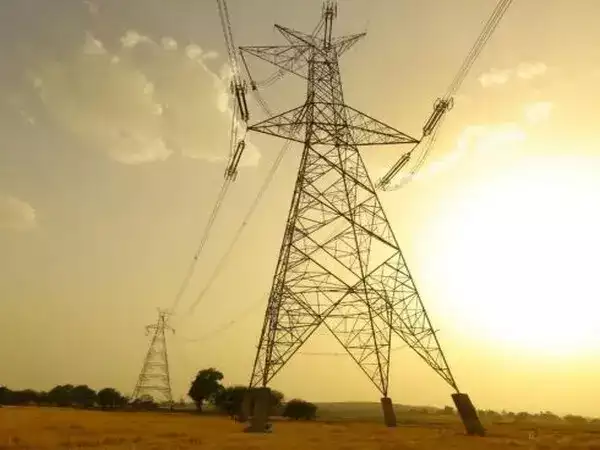
Of those estimated INR 40 trillion investment potential, INR 34 trillion is expected in capital expenditure and the rest in optionality, with the generation, transmission, and smart metering accounting for an estimated 86 % , 10 % , and 4 % .
The tailwinds driving this "mammoth" investment are power demand accelerating at a higher CAGR, upgrading or replacing old power infrastructure as the electricity mix undergoes a shift, and transitioning to cleaner energy sources.
The report said India is a unique case where burgeoning real GDP/per capita growth, technology upgrades and electrification are all strong undercurrents and could continue to drive power demand higher for years to come.
"With a robust GDP growth outlook for India and the emergence of new demand drivers (electric vehicles, data centers, electrification of energy demand), we believe power consumption in India can compound at 7 % + over the next decade (currently 8-9 % )," Motilal Oswal said.
By 2035, electric vehicles and data centers are set to drive one-third of power demand growth in India, the brokerage report asserted.
Electric vehicles (EVs) and data centers account for a negligible share of power demand in India today. "Yet, by 2035, we estimate one-third of power demand growth might be attributable to these two sectors," the report read.
India's current primary energy and electricity consumption trends closely mirror those of China in the early 2000s.
Like China, Motilal Oswal believes power consumption in India is at an inflection point given the expectation for India to grow by 6.5-7 % over the next decade, and can comfortably compound at 7-7.5 % over the next 10 years versus 5 % CAGR in the past two decades.
At COP26 held in 2021, India committed to an ambitious five-part "Panchamrit" pledge. They included reaching 500 GW of non-fossil electricity capacity, generating half of all energy requirements from renewables, and reducing emissions by 1 billion tonnes by 2030. India as a whole also aims to reduce the emissions intensity of GDP by 45 % . Finally, India commits to net-zero emissions by 2070.
Disclaimer: The copyright of this article belongs to the original author. Reposting this article is solely for the purpose of information dissemination and does not constitute any investment advice. If there is any infringement, please contact us immediately. We will make corrections or deletions as necessary. Thank you.





